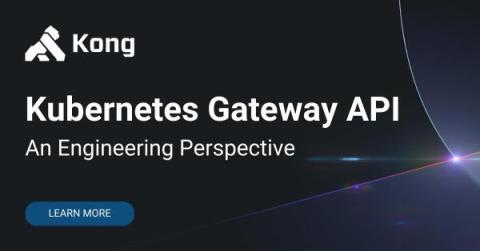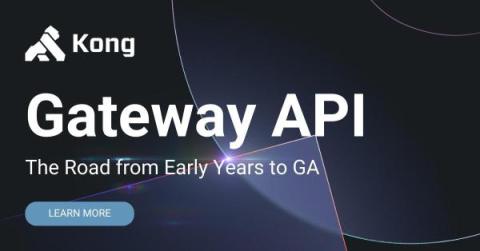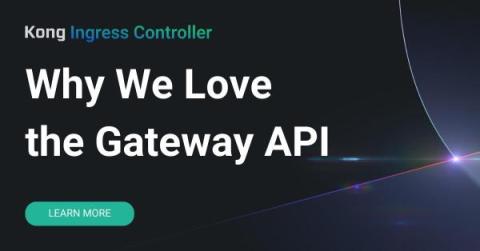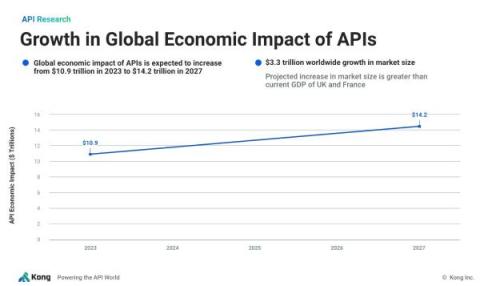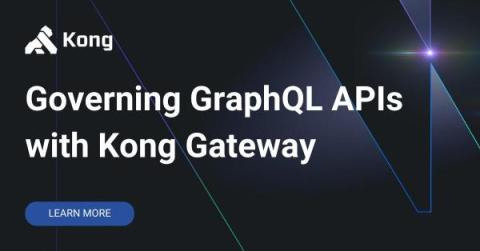Kubernetes Gateway API: an Engineering Perspective
The Kubernetes Gateway API represents a massive collaborative effort and key advancement in Kubernetes networking. Developed by multiple vendors and community members, the Gateway API provides a robust and extensible new standard for managing ingress traffic. With the recent general availability of version 1.0.0, the Gateway API is now ready for production use. The release of the Gateway API is a major milestone for Kubernetes networking that has the potential to simplify and enhance ingress management.


